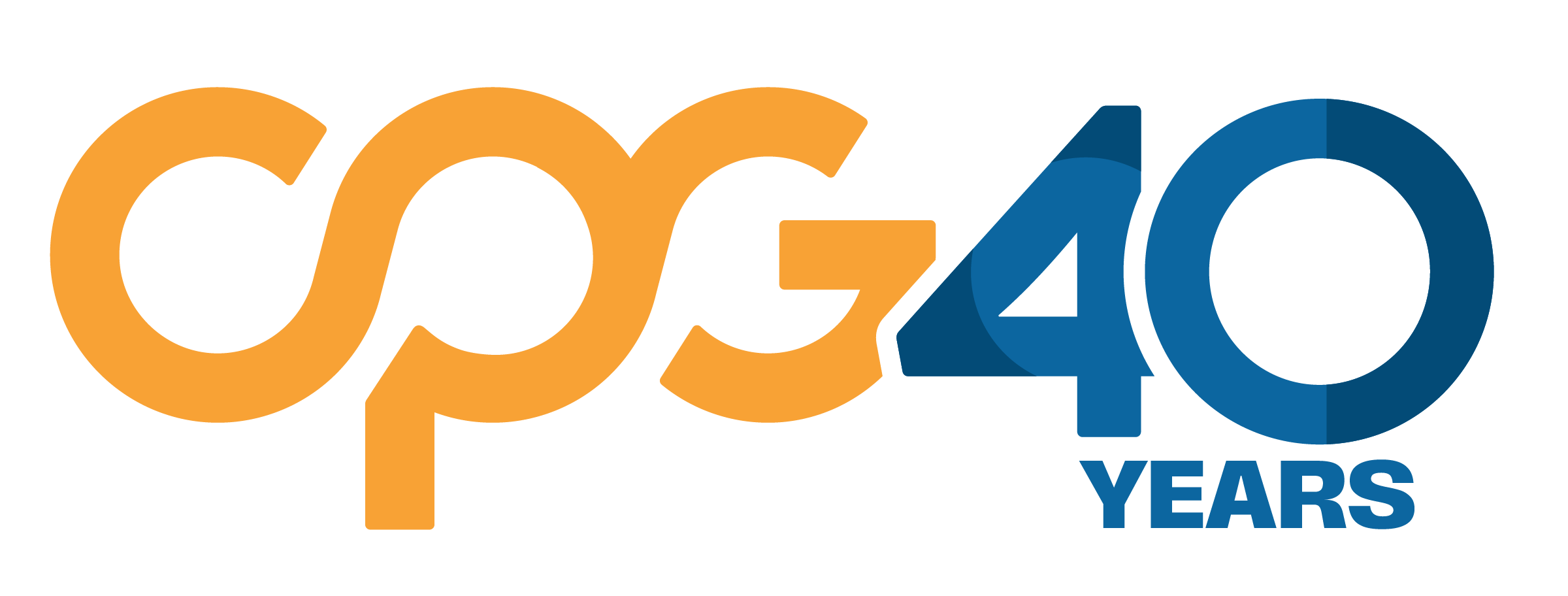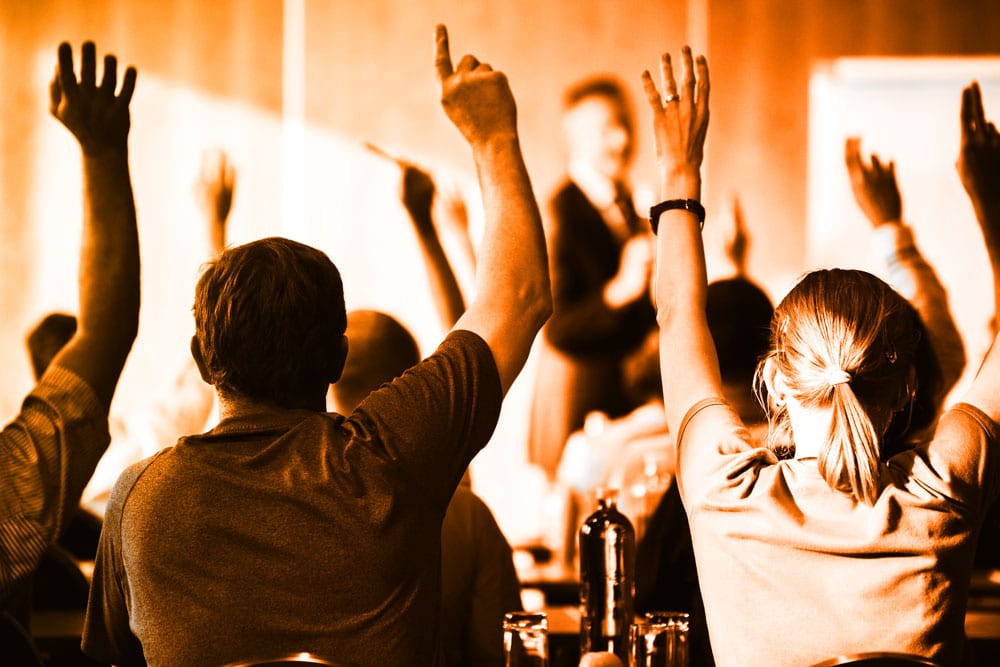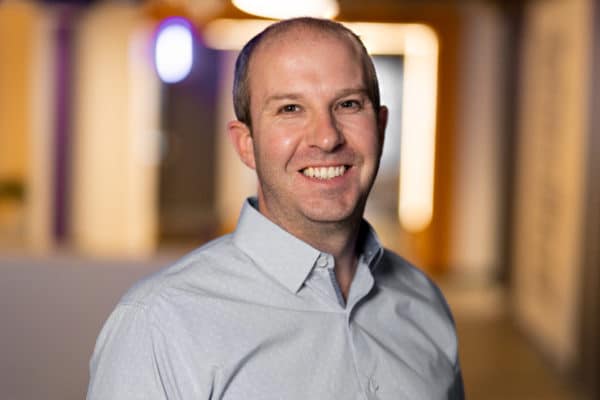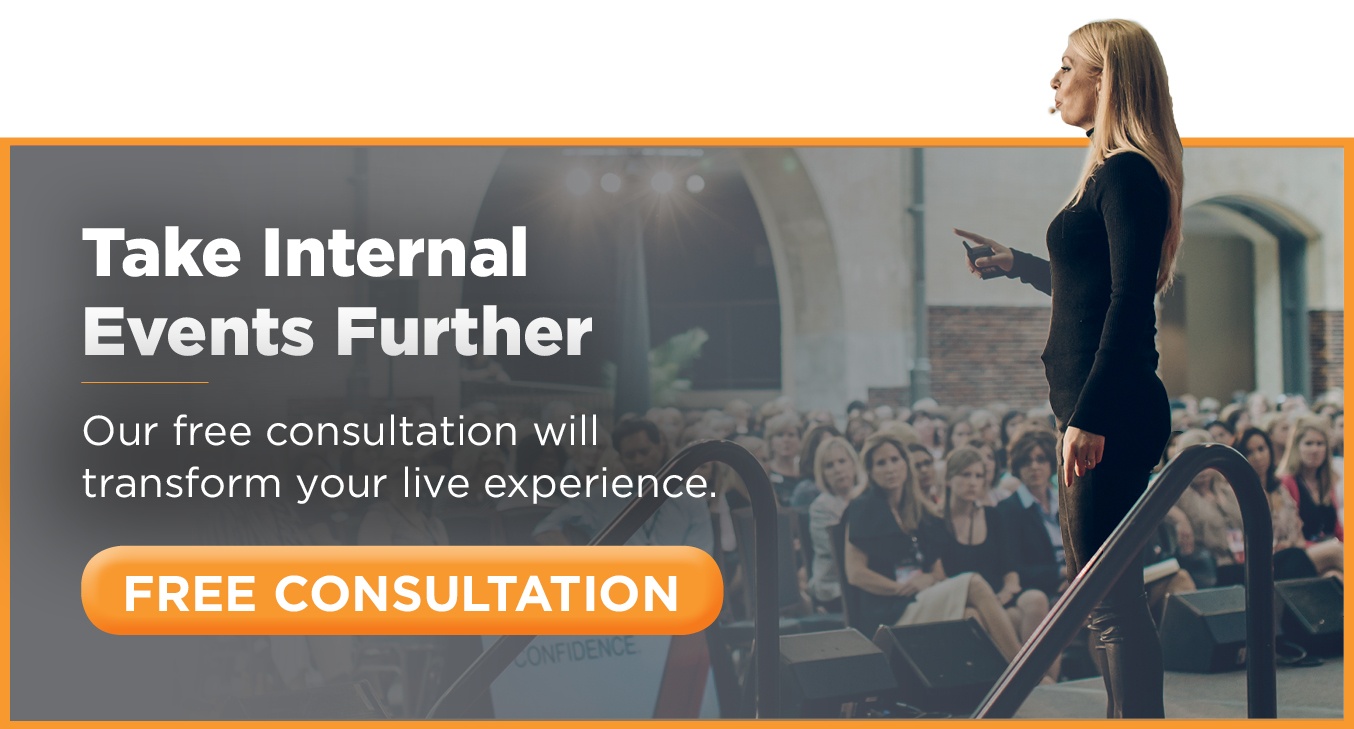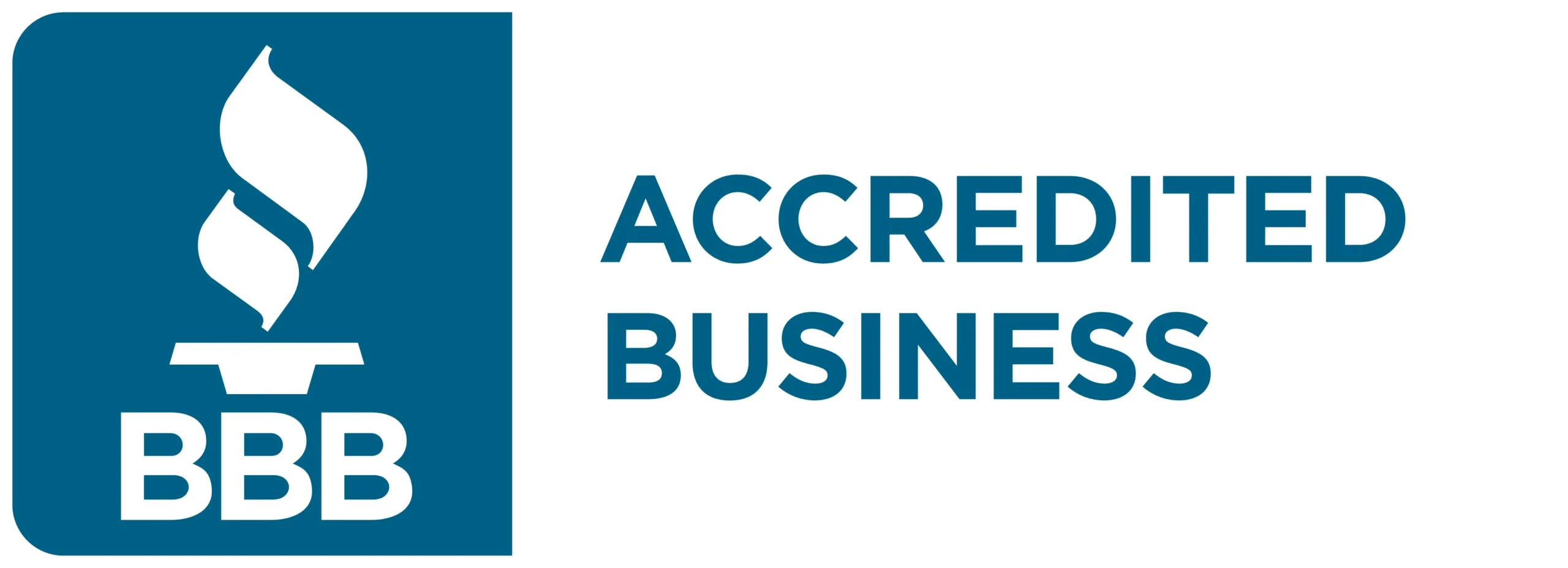Why Your Event Needs Experiential Learning
Your corporate event might not be the perfect environment to teach your people a highly technical skill, but it does serve as the ideal time and place to inspire authentic brand advocacy and connect people to your company values.
This is mainly because…
Interactivity inspires authentic loyalty
Interactivity is the key to successful experiential learning. It means the subject is giving something in order to gain something, and this quid-pro-quo aspect increases the person’s perceived value of what they are learning. In short, people value things they work for more than things that are just given to them.
Take the age-old movie vs. book debate. When a high schooler flips through The Hobbit for the first time, they actively imagine a vast world filled with mythical creatures and epic battles. Then they meet with other students and discuss other interpretations of the work, opening their mind to even more possibilities.
Oftentimes, those same students will watch the movie version only to be disappointed. “The book is way better than the movie,” they argue. Because their imaginations were much more vast than what Hollywood can deliver, they wind up letdown.
But getting people to interact with your brand is difficult
Sure the book might be better than the movie to some people, but that’s not the case for everyone. Some people simply prefer the visual representation instead. Maybe they don’t connect with the author’s style, or they aren’t a big fan of reading to begin with.
Put differently, not every employee will want to learn about your brand story on their own time.
The truth is many people enjoy the movie because of its convenience. Instead of concentrating for hours on a medium they aren’t totally comfortable with, they can easily experience Hollywood’s interpretation. The directors, producers and screenwriters do all the heavy lifting for the audience – interpreting the book and creating an easier-to-digest version.
The same rings true for your corporate event
Effective event producers are experts at taking a brand story and bringing it to life. Your most engaged worker might be someone who started as a cashier and worked their way up over 40 years to become an executive. This individual did the equivalent of reading the book five times, reading the lore background books, reading fan fiction and starting a school club.
That is the sort of interactivity you cannot replicate with every single employee. You can, however, connect your other employees to that inspirational story. Thoughtful leaders hone in the “why” surrounding what made that employee so passionately loyal all these years, and they will want to translate that “why” to the largest possible audience they can.
Seeing is believing
There is no better time to appeal to a broad audience than at your annual corporate event.
For starters, you’ll want to give your most stark brand advocates (the book worms) the recognition they deserve. Whether you host an event awards ceremony to celebrate individual achievements or make announcements at your general session, it’s important to show your people you care about those who put in the most time and effort.
For everyone else, convention will function as the “movie” version of your brand story. Your production agency will interpret your brand story and develop a comprehensive strategy to deliver that story to your attendees. They’ll consider every angle for your story, making it both easy and fun to digest as a result.
Finally, this is the time when your most influential employees will all be together. If you can communicate your key message and inspire this audience, that inspiration will resonate throughout every level of your company.
How to Implement Experiential Learning at your corporate event
There are tons of ways for you to get creative with experiential learning and your brand. But endless possibilities means decisions aren’t being made. You first need to narrow the scope to what tactics typically work in the best experiential strategies. From there, you’ll want to personalize each tactic to something unique from your brand.
Don’t get too carried away, though. Remember, you’re the Hollywood director in this scenario, and it is your job to make the story as relatable and understandable as possible.
The best way to engage an audience is to introduce simple and fun activities. Try to get them involved, but don’t ask too much of them or they’ll spend the general and breakout sessions mindlessly liking Instagram posts.
Gamify your Event
Interactivity is key if you want to communicate your brand’s message. We’ve seen many uses of Augmented Reality (AR) technology over the years – some astounding and some awful. While technologies can help create an immersive environment in your event space, you need to make sure it remains focused on telling your story. Don’t use this tech for the sake of tech. Only use it to further your storytelling ability.
A great example of this is using AR to actually increase engagement is to gamify your event with it. Games can incentivize interactivity by providing rewards for those who complete certain actions. You could set up stations around the building where attendees can use their mobile event app to reveal a digital scavenger hunt clue. Each time they look through the lens at your station, they might see a new token or idea (not all that different from Pokemon GO) that relates to your brand.
If you’ve got an intuitive app that logs each time someone sees your brand token, you can use that data to find the most engaged attendees. Reward that behavior with a promotional giveaway for the top 100 AR users. Then sweeten the deal with comp days to the top 50. Why stop there? Give the winner a free cruise trip!
Having a contest like this builds excitement before and throughout the event, waiting to hear who the winner is.
Make the objectives and awards clear from the get-go and watch your audience engage en masse. But you must keep in mind that all of this is to connect users with your brand story. Be sure the content is related to your “why” and leads the attendee toward a new knowledge of your company.
Set up an Audience Poll
Many times, it’s not what was said but how it was said. In the case of corporate event planning, it’s certainly both.
For starters your attendees are adults with independent ideas and preferences and they should be treated as such. Unless you’ve got Leonardo DiCaprio on stage (kudos if you do) you can’t expect them to resonate with a traditional lecture. At the very least, you need to train your speakers or executives to make their speech interactive with the attendees.
Using your mobile app to poll the audience gets the crowd’s voice involved, so long as you ask thought-provoking questions. A speaker may tee-up a difficult question with a couple easy ones. For example:
“Do you feel better when you get more than 6 hours of sleep?” – 84% Yes, 16% No
“Do you like to drink coffee or tea in the morning?” – 72% Yes, 28% No
“Do you think you deserve a promotion at your job?” – 48% Yes, 52% No
Okay, these responses are made up, but you could see how an audience might fall on these fault lines. Plan your questions accordingly by giving the audience a few freebie questions, then drive them home with something they might not be as comfortable with.
Get Your People Personally Involved
You can also get a pulse of the crowd by asking individuals to share their thoughts instead of polling the entire audience. A crowd mic is a great way to accomplish this, and you can usually tell how the audience feels based on their reaction to some Q&A.
Let’s say your event doesn’t have an app and that a crowd mic isn’t an option. No worries, enroll your people in some fun icebreakers. There are a ton of fresh and fun ways to get your people moving in the conference hall. Bonus points if you tie it to your brand story.
If you’re not involving them at this stage you’re losing valuable interactive time but sometimes involving the audience directly isn’t an option. Worst case scenario, you must make sure your speeches are engaging and fun.
A few recent trends we’ve seen are storytelling and faster-paced talks. People relate to stories and it helps them understand the message faster. Faster-paced talks is a trend that is growing because it forces the speaker to be straight to the point and not bore the audience.
Download Our eBook: 8 Fundamentals of an Internal Communications Strategy
If your people are sending out the “whatever” vibes, it’s time to get back to the basics. Make sure your internal communication strategy is following 8 fundamentals to cultivate an engaged workforce aligned with your company’s success.
Connect Your Learning To The Bigger Picture
Mixing up your presentation styles and adding game elements to your event will make it more engaging and fun for the user. When people are at their most engaged levels they are most open to learning about new ideas and emotionally connecting to something. It’s at that moment that you need to inject your brand story.
Make sure the story resonates with every level of the event, from audience participation to gamification. Companies need to remember that building a connection with their employees involves many steps, where experiential learning is only the first one. That is why companies should use experiential learning as the first step to invite employees to connect with the brand’s message.
